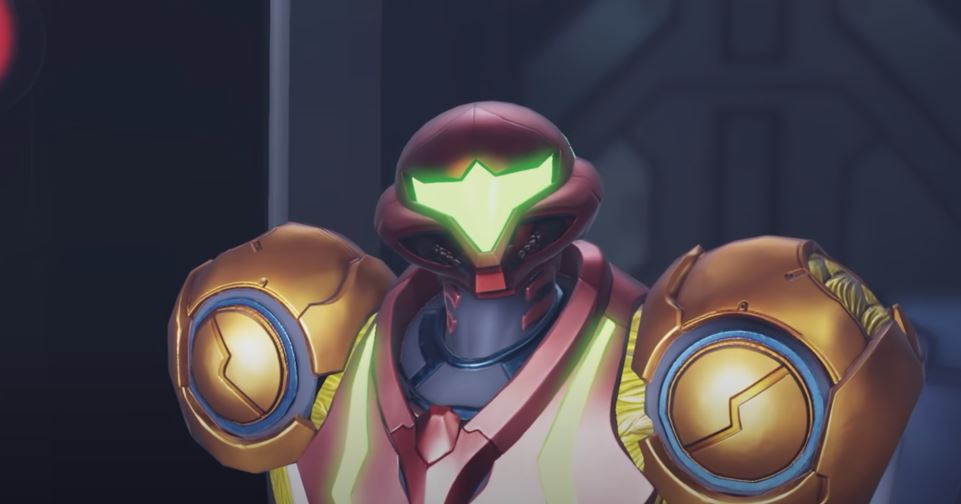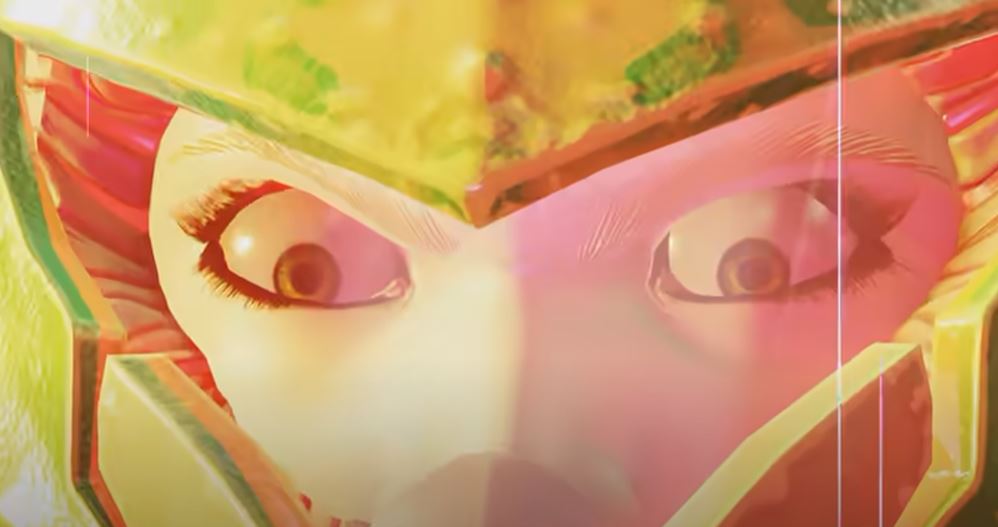When Metroid Dread was announced, well, let’s just say I was jumping onto the hype train before the first trailer even finished. I am a huge, lifelong Metroid fan who has played and beaten every main game in the series and their remakes, usually more than once. One of the few lasting early childhood memories in my goldfish brain is of playing Metroid II on my uncle’s Game Boy. 19 years have passed since Metroid Fusion released, the last new entry in the 2D mainline series. 11 years have passed since Other M gave us our last new story content, period.
Yeah, Metroid Dread was a big deal that I had high hopes for, and desperately hoped would help bring the franchise back to relevance. And you know what? It did. It currently is, as we speak.

As I begin writing this, Metroid Dread is currently outselling the new Far Cry in some markets. It has had the best opening weeks in the history of the series in the UK and Japan. Not only that, but previous Metroid games are also seeing a sales bump of their own. Right now, Dread looks like another revitalization of a classic Nintendo franchise for the Nintendo Switch.
The game itself earned every bit of the attention and sales it is getting. Dread is the best-playing Metroid game ever made. Samus has never felt more capable or responsive. The number of buttons on the Joy-Cons allows Samus to switch between her weapons with single button presses, rather than the sometimes awkward switching between weapons in previous games. Everyone and everything moves fast and buttery smooth.
MercurySteam makes the most of this fantastic combat with the best boss fights in the series. Metroid has never felt so challenging in so many diverse ways as the boss fights here do. I used every single skill at Samus’s disposal at some point and would often need to switch between them at a moment’s notice.
This is perhaps where people will find fault with Metroid Dread. It is by far the toughest Metroid game I have ever played. Most bosses killed me at least once, and some kept me stuck for a solid half-hour or more. Dread’s speedy gameplay demands the kind of twitch reflexes and split-second command of your arsenal that will sour some gamers and longstanding fans. Previous games let you just face-tank damage while desperately firing off missiles to beat tough bosses, but that is not an option here.
As an example, the final boss required me to slide under some attacks, screwball jump in a circle around others, recognize area effects I needed to blast missile barrages into within a few seconds, time jumps that avoided multiple attacks, and counter melee strikes. And in between all this I needed to recognize those precious seconds to unleash my own offense.
The difficulty also applies somewhat to the exploration. It is easy to lose your way while exploring. This is the most open Metroid game since Super Metroid, and like that classic has a few points of shared frustration in figuring out where to go next. I loved every second of it. Metroid fans have decried the increasing linearity of the series and worried that Dread would follow that trend, but thankfully they chose the other direction and created fantastically designed levels that offer intuitive paths forward, enough straightforward upgrades to avoid mindless grinding, and some really cool and challenging puzzles to 100% the game.
The only way Metroid Dread could have improved its exploration is with a better map. I have never been a big fan of holographic-type maps and Dread is not a better example of one, IMO. I did gradually adjust to its layout, but there was an adjustment period.
These levels also feature some terrific environmental storytelling, which plays into one of the better stories of the franchise. Dread plays homage to just about everything from previous games and creates a definitive ending to the arc Samus began back in the original Metroid. I won’t spoil anything, but everything from Samus’s genetic makeup to the abilities she has taken on over the years to the many enemies she has fought all factor into the story, and the ending is one of the absolute hypest of any game I have ever played.
This ending also creates some potentially fascinating new directions for the series to take, and I hope it realizes the bold new potential they created. Dread should be the closing chapter for 2D Metroid as we know it.

The Nintendo Switch has been a massive success, and has seen record-setting, franchise reviving sales for multiple games. Animal Crossing: New Horizons was THE game of 2020 and a cultural phenomenon. Breath of the Wild has almost doubled the sales of Ocarina of Time, the previous best-selling Zelda game. Fire Emblem: Three Houses also boasts the highest sales of the franchise and continues its stunning evolution from a niche game that never sold a million copies into a multi-million copy success.
The Switch has been a franchise saver, and I hoped it would do the same for Metroid. So far it looks like it has. It is very good news for one of gaming’s legacy franchises.
I should be unequivocally happy, and would have if not for the current revelations about MercurySteam’s working conditions. I cannot help but feel worse about enjoying a game whose developers were mistreated and then not even credited for their work. Mistreatment of workers in the gaming world is horribly common and too easily dismissed as “just the way things are.”
When I initially sat down to write this, I was ready to talk about how Metroid Dread deserved to save the franchise. MercurySteam’s reported mistreatment makes it hard to say they deserve anything. Metroid unquestionably deserves to be a larger, more successful part of the modern gaming world, but should such abuse of their workers give this company the privilege of such credit?
These kinds of working conditions are terribly common in the gaming industry, as they are anywhere tech-related, and the quality of the product is never a justification for mistreating workers. The Last of Us 2 may be one of the most impressive games ever made, but that does not excuse the crunch Naughty Dog put its workers through. The nightmare nine-month crunch for the original Metroid Prime is not forgiven just because the final product turned out to be one of the most iconic games ever made.
So what was once an enthusiastic, desperate recommendation that people buy this game has tamped down into a more complex question. Metroid Dread’s success is a good thing for the franchise. It brings increased attention back to it, including Nintendo’s attention, and Nintendo has stepped in to prevent awful working conditions by those making their games. Knowing that Metroid will sell makes it more likely that Nintendo will stop this kind of abuse and mismanagement from happening again. The Metroid franchise deserves to be relevant again.
Is that enough for you, personally, to support the game? That is up to you to decide. I cannot blame anyone who refuses to buy Dread out of principle. After all, the best way to stop these practices throughout the game industry is to stop rewarding them financially. I might have done the same had these stories broke before I bought Dread. I cannot say I regret it, simply as a Metroid mega fan who wants to support the series and thinks Nintendo will make sure this does not happen again, but maybe others do regret their purchase.
If you fall on the side who still believes the game should be supported, I cannot recommend Metroid Dread more. It is a truly wonderful game to play.
Images Courtesy of Nintendo
Have strong thoughts about this piece you need to share? Or maybe there’s something else on your mind you’re wanting to talk about with fellow Fandomentals? Head on over to our Community server to join in the conversation!

